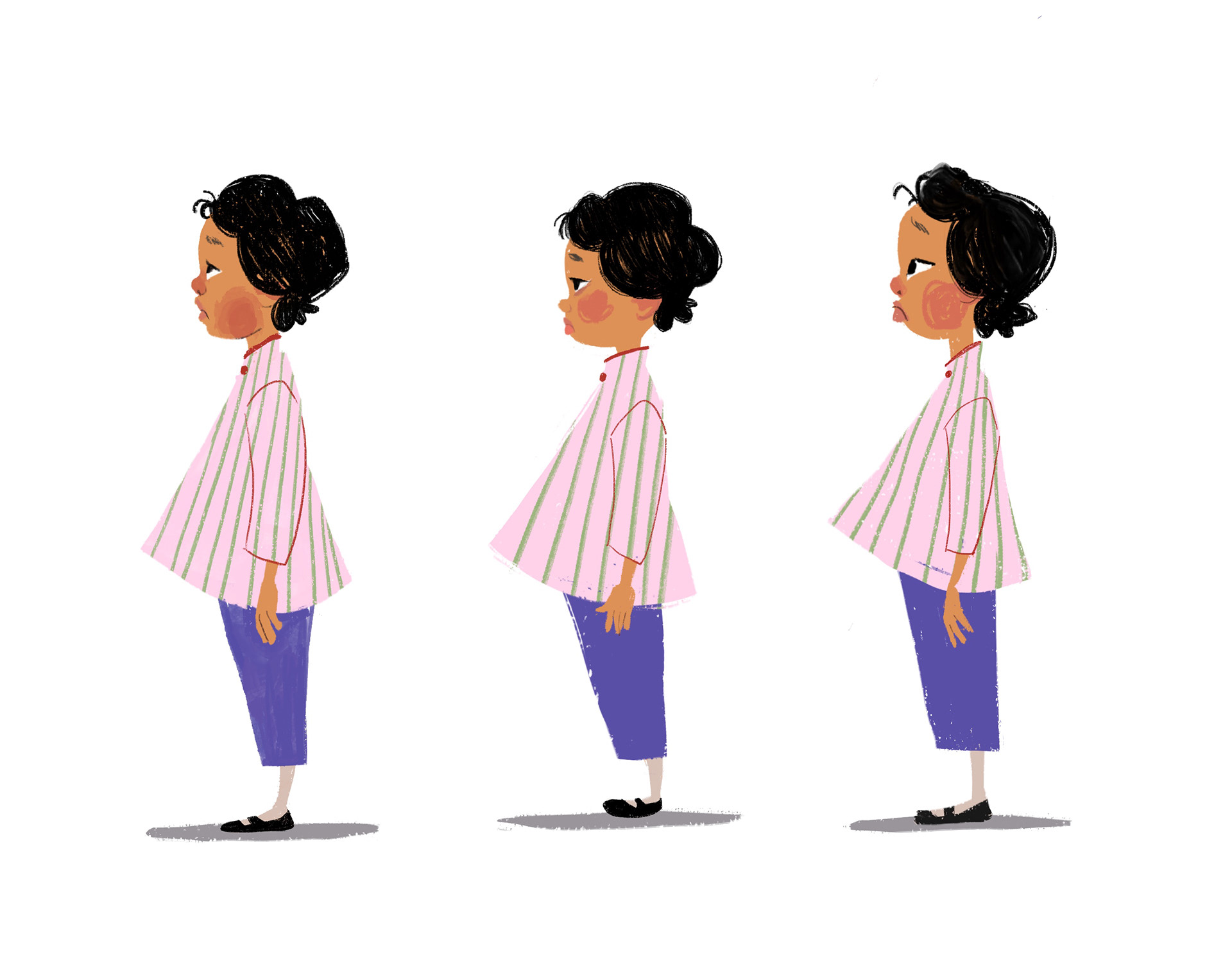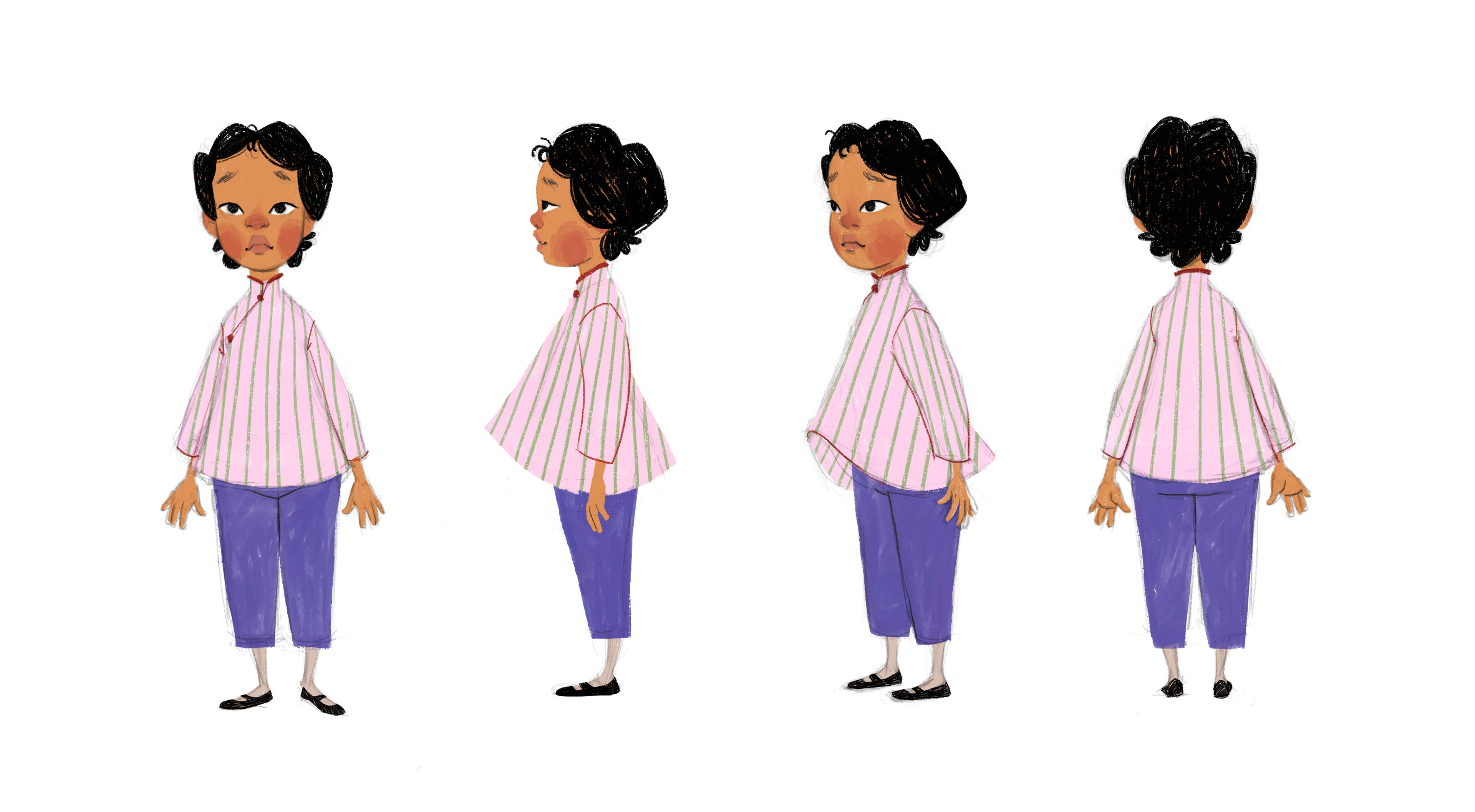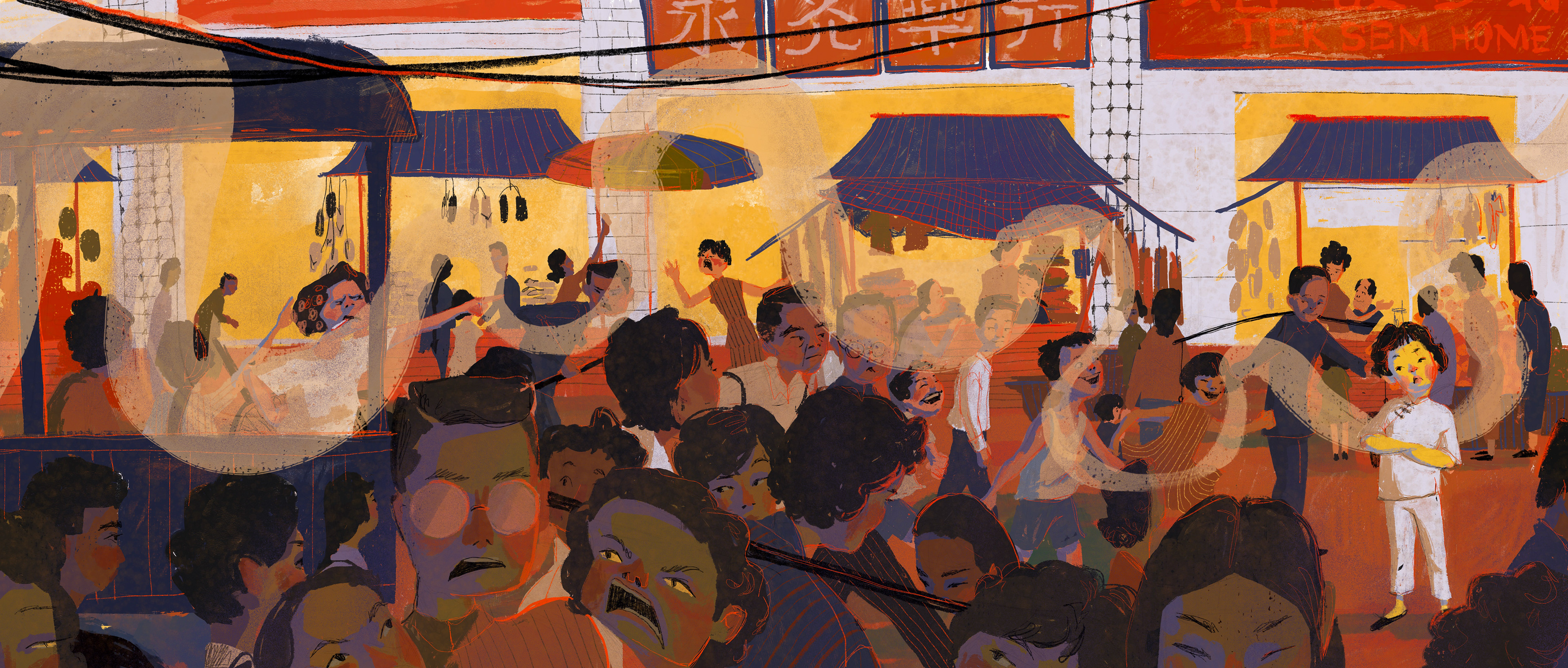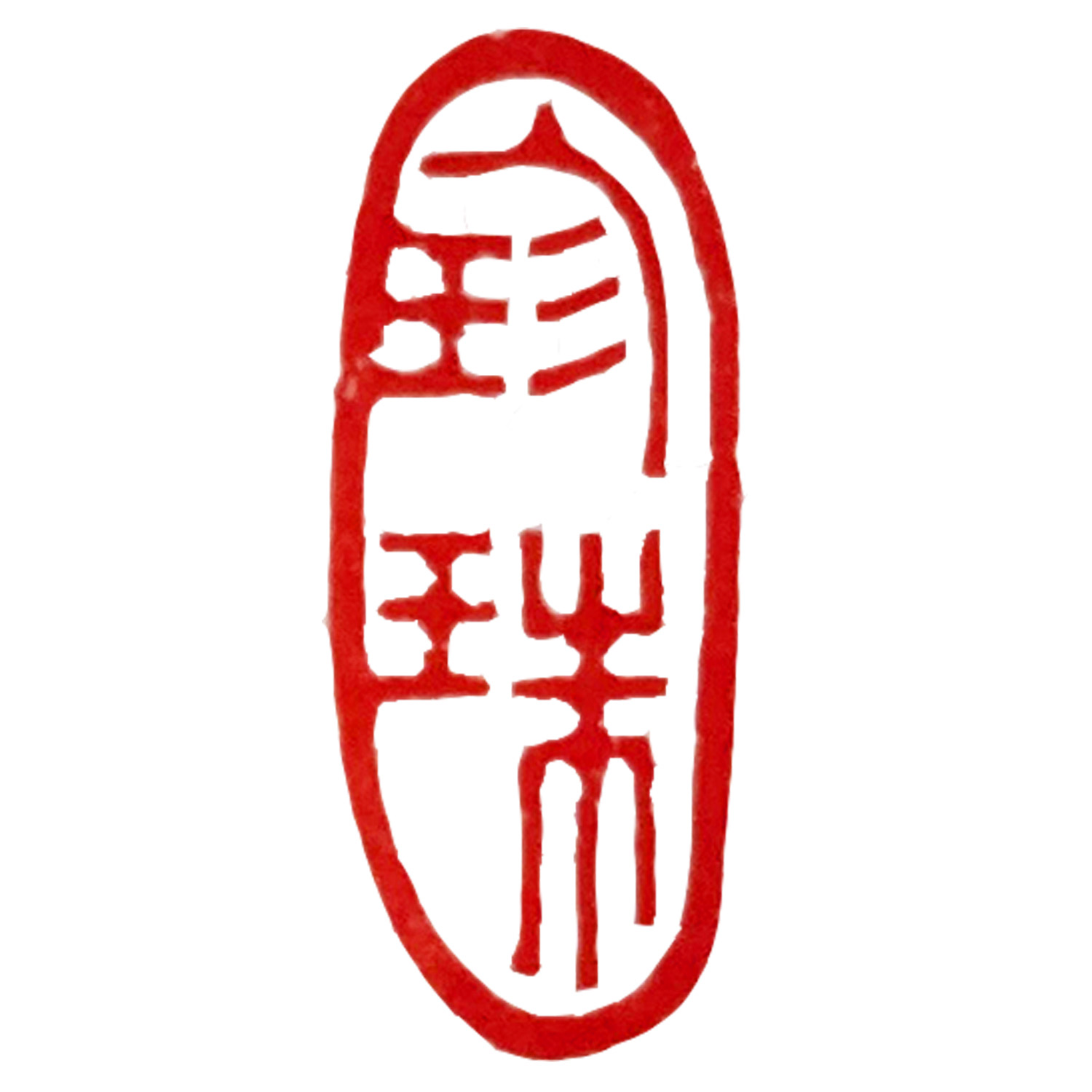Once upon a morning in Hong Kong, in the alley of Tai Yuen Street, a girl is promised a mooncake with a double-yolk center―the best kind!
The special mooncake seems like the only excitement on an otherwise boring day in the market where nothing changes… until an exhausted stranger falls to his knees right in the street! He ran through forests, swam through rivers, and even stowed away on a ship, all to get to Hong Kong. Now at the end of his journey, all he needs is a bite to eat, but no one seems willing to help―not even the girl, if it means giving up her prized treat.
The girl’s ultimate decision has surprising, far-reaching consequences in this mostly true story that reminds us that even the smallest acts of kindness hold the power to change lives, for the giver as much as the receiver.
The special mooncake seems like the only excitement on an otherwise boring day in the market where nothing changes… until an exhausted stranger falls to his knees right in the street! He ran through forests, swam through rivers, and even stowed away on a ship, all to get to Hong Kong. Now at the end of his journey, all he needs is a bite to eat, but no one seems willing to help―not even the girl, if it means giving up her prized treat.
The girl’s ultimate decision has surprising, far-reaching consequences in this mostly true story that reminds us that even the smallest acts of kindness hold the power to change lives, for the giver as much as the receiver.
"THE BEST KIND OF MOONCAKE" has won awards including the
2023 Irma Black Silver Medal
2023 Notable Social Studies Trade Books
2023 International Literacy Association Children's and Young Adult Book Award (Primary Fiction Honor)
Order a copy here!
2023 Irma Black Silver Medal
2023 Notable Social Studies Trade Books
2023 International Literacy Association Children's and Young Adult Book Award (Primary Fiction Honor)
Order a copy here!
A single mooncake with lotus paste and double salted yolk centres is roughly 860 calories-- that's about 8 bowls of white rice worth of calories. The texture is also dry and the flavour is rich, making it ideal with tea, typical for Eastern snacks. This is why people cut up the palm sized mooncake into 4 to 8 pieces to share. The man in my book ate it all in one bite, illustrating just how hungry he must have been.
The story takes place in a street market community in British-occupied Hong Kong. This is based on a true story in my family.
When I showed my dad the initial drawings of the characters, he was delighted and said that the characters look very Chinese. He was the little boy on the bottom left in the image above.
In 2021, I did a deep dive into Colonial Hong Kong's history, specifically relating to food and culture. This allowed me to make the conscious decision to include all those facets into my picture book— From the racist hierarchy to cultural exchange amongst immigrants in the war stricken world, the image of Hong Kong as we know it today took shape. As a Chinese person living in the West, I am increasingly aware of the stereotypes both me and my work are expected to fit into in order to be palatable and comfortable to those who deem me (a global majority) exotic. And so I struggled greatly... from my usage of colours, to the details of the market and the vocabulary I used to describe my family's experiences. If you scroll to the bottom of the page, you will see my first pass at the image at the top.







At first, I used the same colours as I did in Young Love in Hong Kong. But from the feedback I received from my professor and peers (I started this project my final year at RISD, FALL 2020), I decided that I must take away any BIG REDS and BRIGHT YELLOWS— I did not want to create a fantasy of Hong Kong through a Western lens. The other piece is indeed romantic and glamourized and a singular, small image. But a whole book?
I did not want to depict Hong Kong as "special" (and by special, I mean exotic enough to be interesting but familiar enough to be unthreatening and likeable) for it's straddle between Western and Eastern, because to me, that would be glorifying the violent colonial past.
My solution was to be aware of what was expected of me as a Chinese person in America, where I am living in, and do just the opposite.
They say all Asians look the same and so-and-so is "pretty for an Asian", so every person on every page of my book looks unique and I must say that there are some attractive people in the crowd. They say China is dirty and backwards, so I showed my father's childhood as what is was. I try to show what one of Wanchai's streets looked like in a time where photography of the lower middle class was rare and minimally descriptive. I show colonial soldiers with guns monitoring the population, Coca Cola ads with white women smiling, roast duck stalls and trams in the background. The Hong Kong in this book is not a Western fantasy, nor is it full reality, but it was my best effort to make available to an audience around me what a part of China actually was beyond the vintage films and anti-Chinese propaganda posters, and to tell a fun story that made me laugh the first time I heard it.
My solution was to be aware of what was expected of me as a Chinese person in America, where I am living in, and do just the opposite.
They say all Asians look the same and so-and-so is "pretty for an Asian", so every person on every page of my book looks unique and I must say that there are some attractive people in the crowd. They say China is dirty and backwards, so I showed my father's childhood as what is was. I try to show what one of Wanchai's streets looked like in a time where photography of the lower middle class was rare and minimally descriptive. I show colonial soldiers with guns monitoring the population, Coca Cola ads with white women smiling, roast duck stalls and trams in the background. The Hong Kong in this book is not a Western fantasy, nor is it full reality, but it was my best effort to make available to an audience around me what a part of China actually was beyond the vintage films and anti-Chinese propaganda posters, and to tell a fun story that made me laugh the first time I heard it.
Below: Initial ideation and sketches and colour palette.





